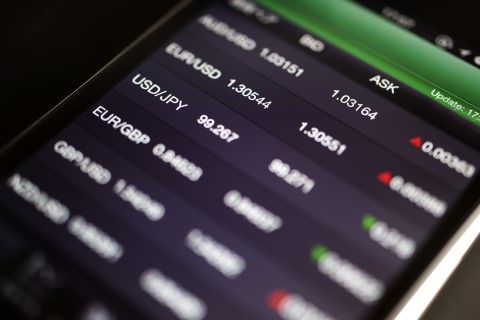
Possible Fed pause in late 2019 bullish for ASEAN: report
The Indian rupee, Indonesian rupiah and Thai baht could outperform the rest.
2019 could be a better year for Asian foreign exchange as the Fed is projected to normalise and possibly pause by late 2019 and in 2020 after three more hikes, according to a report by Maybank Kim Eng (Maybank KE).
“Normalisation will continue as US core inflation remains near 2% given a tight labour market,” Maybank KE analysts said. “Higher tariffs on consumer goods may also prompt the Fed to tighten to prevent second-round inflation via faster wage growth.”
Most central banks in the Association of Southeast Asian Nations (ASEAN) have started tightening and normalising policy rates in 2018 with the exception of Thailand and Vietnam, the report noted. On the other hand, countries dependent on external financing, namely Indonesia and Philippines, have had to hike more aggressively on the back of currency pressures.
According to the analysts, the Monetary Authority of Singapore (MAS) has tightened twice in in 2018 via a slight steepening slope of the appreciation bias, whilst Bank Negara Malaysia only hiked once in January 2018 and has so far remained on hold as both growth and inflation eased.
“Further into the year, more signs of a deceleration in US growth could translate into smaller room for US rates to rise or even decline,” they highlighted. “Lower oil prices could provide a backdrop for the Indian rupee and Indonesian rupiah to outperform the rest amidst a better risk environment and as the presence of their respective elections typically strengthen these currencies ahead of the events in the past decade.”
It is important to note however that the Fed may still be on a rate hiking cycle in the earlier part of 2019.
“In 2019, we think current account deficit countries will be under more pressure to tighten than current account surplus countries,” the analysts added. “We expected the deficit countries - Indonesia and Philippines - to continue tightening but at a more modest pace compared to 2018 to manage currency pressures as the Fed tightens.”
The report also highlighted that based on Maybank KE’s policy slack ratio which is an assessment of whether the central bank is ahead or behind the curve, Philippines has been slightly behind in combating inflation. In addition, it noted that the Bangko Sentral ng Pilipinas does not have much room to raise rates before monetary policy becomes restrictive for the economy, whilst its other ASEAN counterparts can afford to be patient in tightening policies.
In addition, Maybank KE’s analysts said they expect both Singapore and Malaysia to remain on hold next year as growth falls below potential and inflations eases, whilst a rate hike from the Bank of Thailand could be expected to contain financial stability risks from overly low policy rates.
























 Advertise
Advertise






